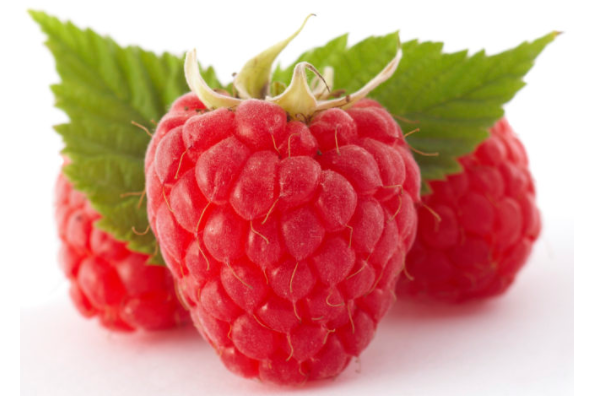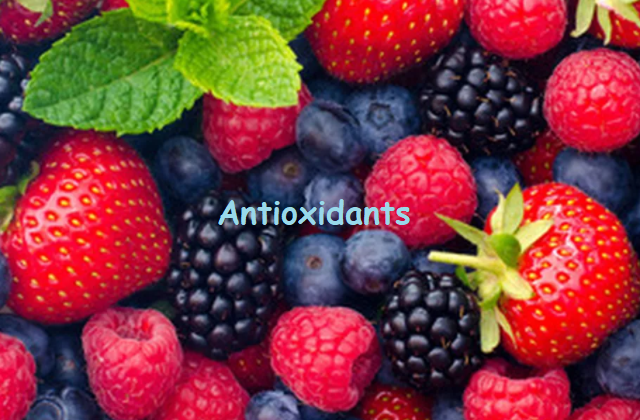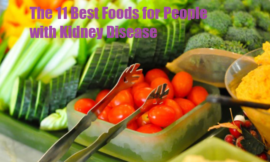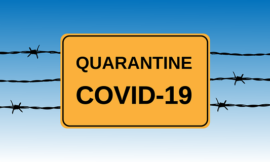Antioxidants have lots of benefits, it protect our body’s cells from free radical damage, prevents premature aging and various chronic diseases. Antioxidants are mainly classified into 3 they are water-soluble, fat-soluble or both fat and water-soluble. Antioxidants are present in certain vitamins and minerals so consuming these on a regular basis can prove to be highly fruitful. Vitamins A, E, K, and C, copper, zinc, iodine, and manganese are rich sources of antioxidants. Certain proteins like glutathione and alpha lipoic acid also contain them.
The antioxidants compound are mainly found on fruits and vegetables, including these foods in your diet will increase the amount of antioxidants in your body.
Here are the amazing antioxidants rich foods, which not only help to increase antioxidants but also many health benefits;
Blueberries
Blueberries are packed with nutrients and antioxidants. Several studies even suggest that blueberries contain the highest amount of antioxidants among all commonly consumed fruits and vegetables. The antioxidants in blueberries help in delay the decline in brain function that tends to happen with age. The antioxidants in blue berries, especially a type called anthocyanins, have been shown to reduce risk factors for heart disease, lowering LDL cholesterol levels and blood pressure.
Strawberries
Strawberries are among the most popular berries on the planet. They are sweet, versatile and a rich source of vitamin C and antioxidants, strawberries provide up to 5.4 mmol of antioxidants per 3.5 ounces (100 grams).
Moreover, strawberries contain a type of antioxidant called anthocyanins, which give them their red color. Strawberries that have a higher anthocyanin content tend to be brighter red. The antioxidants in strawberries reduce the risk of heart disease by reducing levels of “bad” LDL cholesterol and raising “good” HDL cholesterol.
Raspberries

Raspberries are soft, tart berries that are often used in desserts. They are a great source of dietary fiber, vitamin C, manganese and antioxidants. Several studies have linked the antioxidants and other components in raspberries to lower risks of cancer and heart disease.
There are evidences which proves the antioxidants and other components in the raspberries killed 90% of stomach, colon and breast cancer cells in the sample. Moreover, the antioxidants in raspberries, especially anthocyanins, may reduce inflammation and oxidative stress. This may reduce the risk of heart disease.
Kale
Kale is one of the most nutritious greens on the planet and is rich in vitamins A, K and C. It’s also rich in antioxidants, providing up to 2.7 mmol per 3.5 ounces (100 grams). However, red varieties of kale such as redbor and red Russian kale may contain nearly twice as much — up to 4.1 mmol of antioxidants per 3.5 ounces.
This is because red varieties of kale contain more anthocyanin antioxidants as well as several other antioxidants that give them their vibrant color. Kale is also a great plant-based source of calcium, an important mineral that helps maintain bone health and plays roles in other cellular functions.
Dark Chocolate
Dark chocolate is very nutritious, it has more cocoa than regular chocolate, as well as more minerals and antioxidants. This is even more than blueberries and raspberries, which contain up to 9.2 and 2.3 mmol of antioxidants in the same serving size, respectively.
Moreover, the antioxidants in cocoa and dark chocolate have been linked to impressive health benefits such as less inflammation and reduced risk factors for heart disease.
studies found that dark chocolate may reduce the risk of heart disease by raising blood antioxidant levels, raising levels of “good” HDL cholesterol and preventing “bad” LDL cholesterol from becoming oxidized.
Goji Berries
You might have heard of goji berries and their health benefits. Their history as a medicinal plant has roots in ancient China. Many people use goji berries to treat eye, liver, and kidney issues.
Goji berries are often marketed as a superfood because they are rich in vitamins, minerals and antioxidants. Moreover, goji berries may also be very effective at raising blood antioxidant levels. Healthy elderly people consumed a milk-based goji berry drink every day for 90 days. By the end of the study, their blood antioxidant levels had risen by 57%.
Red Cabbage
Red cabbage has an impressive nutrient profile. Also known as purple cabbage, it is rich in vitamins C, K and A, and has a high antioxidant content. That’s more than four times the amount of antioxidants in regular cooked cabbage. This is because red cabbage contains anthocyanins, a group of antioxidants that give red cabbage its color. Anthocyanins are also found in strawberries and raspberries.
These anthocyanins have been linked to several health benefits. They may reduce inflammation, protect against heart disease and reduce the risk of certain cancers. What’s more, red cabbage is a rich source of vitamin C, which acts as an antioxidant in the body. Vitamin C may help strengthen the immune system and keep the skin firm.
Beans
Beans are a diverse group of legumes that are inexpensive and healthy. They are also incredibly high in fiber, which can help keep your bowel movements regular. Beans are also one of the best vegetable sources of antioxidants.
In addition, some beans such as pinto beans contain a particular antioxidant called kaempferol. This antioxidant has been linked to impressive health benefits, such as reduced chronic inflammation and suppressed cancer growth.
Several animal studies have found that kaempferol may suppress the growth of cancers in the breast, bladder, kidneys and lungs.
Beets
Beets, also known as beetroot, it have mild taste and are a great source of fiber, potassium, iron, folate and antioxidants. They’re particularly rich in a group of antioxidants called betalains. These give beets their reddish color and have been linked to health benefits. Beetroot contain other compounds that may help suppress inflammation.
Spinach
Spinach is one of the most nutritionally dense vegetables. It’s loaded with vitamins, minerals and antioxidants, and is incredibly low in calories, spinach provides up to 0.9 mmol of antioxidants per 3.5 ounces (100 grams) . Spinach is also a great source of lutein and zeaxanthin, two antioxidants that may help protect your eyes from damaging UV light and other harmful light wavelengths.
It is essential to understand the health benefits of an antioxidant-rich diet. Maintaining a high level of antioxidants in your blood helps reduce the risk of oxidative damage. As a result, one can prevent the risk of chronic diseases related to cancer, heart, and diabetes, so try to include these foods in your diet for healthy and stay active.





